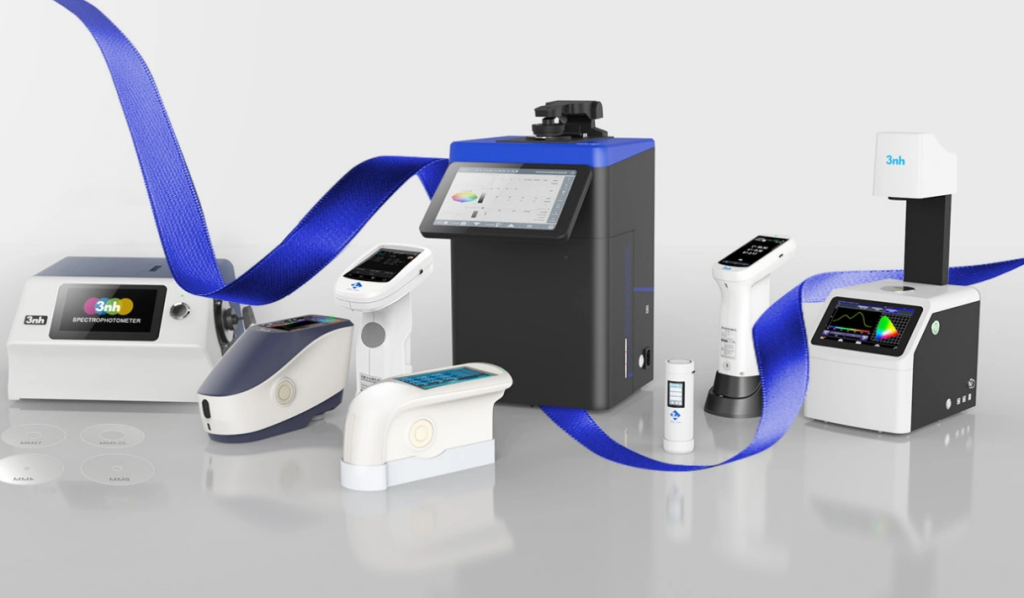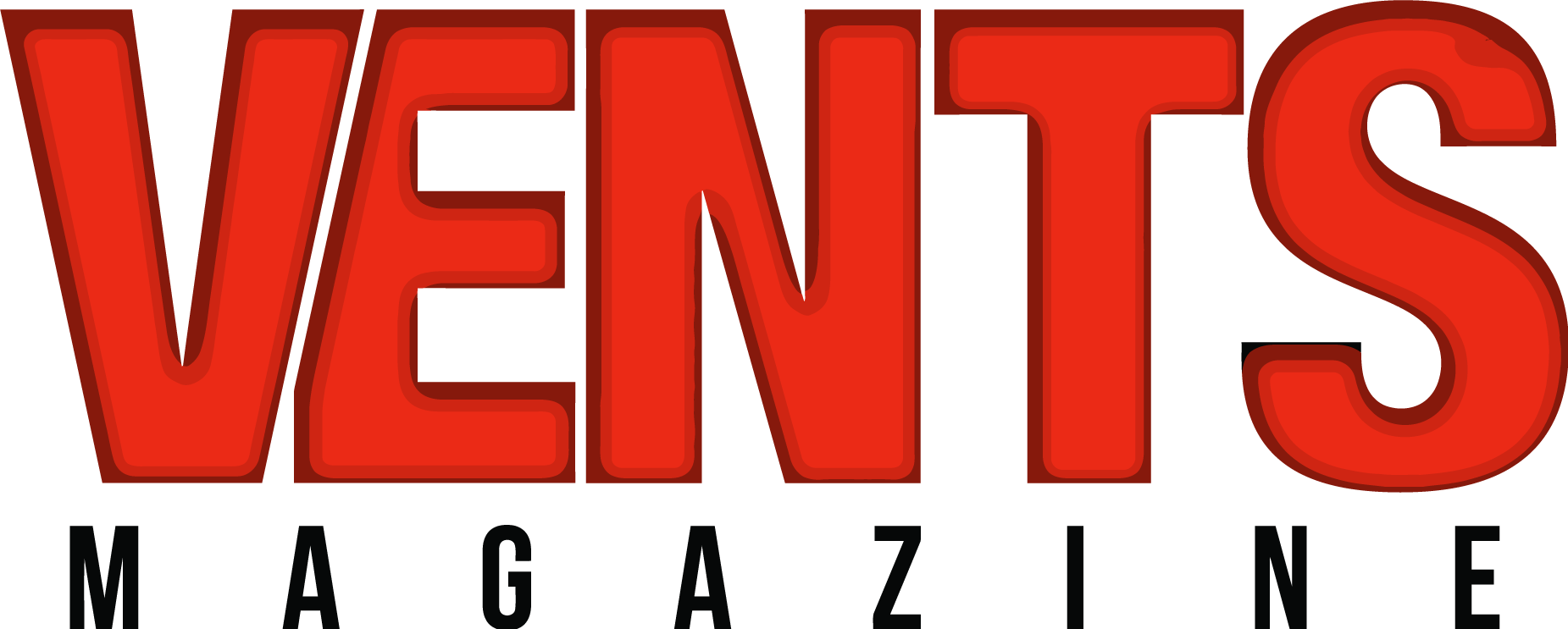
In the textile industry, color is one of the most critical aspects of product quality. A minor deviation in hue or shade can impact consumer perception, brand reputation, and overall product acceptance. Maintaining color consistency across batches of fabric is a complex process that requires advanced tools and technology. Using color measurement instruments and color analysis software, manufacturers can ensure precise and repeatable results, reducing waste and increasing customer satisfaction.
Your Textile Brand’s Reputation Depends on It – Why Textile Colour Measurement Matters
Color is not just an aesthetic element; it is a key quality parameter in textiles. Inconsistent dyeing or variations between production lots can lead to:
- Customer dissatisfaction: Consumers expect consistent colors in clothing, upholstery, and home textiles.
- Brand damage: Repeated inconsistencies can affect brand reliability.
- Wasted resources: Incorrectly colored fabrics may require re-dyeing or scrapping, increasing costs.
To address these challenges, textile manufacturers have turned to objective, technology-driven color measurement techniques that reduce reliance on subjective human observation.
Understanding Textile Colour Measurement
From Dyeing to Delivery—Why Textile Colour Measurement Matters for Consistent Results. Textile colour measurement involves quantifying the color of fabrics using standardized systems. Unlike the human eye, which is subjective and can be influenced by lighting conditions, professional measurement instruments provide consistent, reproducible results. These measurements are typically expressed in numerical formats, such as CIELAB values, which describe color in terms of lightness, red-green, and yellow-blue components.
By using standardized metrics, textile manufacturers can:
- Ensure uniform color across different production batches
- Detect subtle variations in dyeing processes
- Maintain consistency across multiple production sites
- Communicate color accurately with suppliers and clients
This approach is essential for industries such as fashion, home textiles, and industrial fabrics, where precise color control is a competitive advantage.
Key Tools for Textile Colour Measurement
Achieving consistent colors requires the integration of color measurement instruments and color analysis software. These tools streamline quality control and improve accuracy across the production process.
1. Color Measurement Instruments

These instruments are designed to objectively quantify the color of fabrics. Common types include:
- Spectrophotometers: Measure reflectance across a wide spectrum of wavelengths, providing detailed spectral data. They can detect subtle color differences that may be invisible to the human eye. Spectrophotometers are ideal for high-end textiles where precision is critical.
- Color meters: Use filters corresponding to human vision to measure color quickly and efficiently. While less detailed than spectrophotometers, colorimeters are suitable for routine quality checks and on-the-spot measurements.
- Gloss Meters: Measure the sheen of fabrics, which can affect perceived color and overall appearance. Gloss meters are particularly useful for textiles with reflective finishes or coatings.
By combining these instruments, manufacturers can ensure accurate measurement of both color and surface properties.
2. Color Analysis Software
While instruments provide raw data, color analysis software allows manufacturers to interpret, compare, and manage color measurements efficiently. Software solutions enable:
- Data visualization: Easily identify color variations and trends across multiple batches.
- Standard comparison: Match fabric colors against industry or brand standards.
- Quality reporting: Generate reports to document compliance and support decision-making.
- Formulation support: Assist in adjusting dye recipes to correct color deviations.
This software ensures that color control is not just precise, but also actionable, allowing textile manufacturers to respond quickly to any inconsistencies.
Steps to Achieve Consistent Textile Colour
Implementing a structured approach to color management ensures consistency across fabrics:
- Standardize Measurement Conditions: Use controlled lighting and calibrated instruments to eliminate environmental variations.
- Regular Calibration: Regularly calibrate color measurement instruments to maintain accuracy.
- Sample Preparation: Ensure samples are clean, wrinkle-free, and properly oriented for measurement.
- Data Analysis: Use color analysis software to compare measurements against reference standards and identify deviations.
- Adjust Formulations: Correct dye recipes or application techniques based on the measurement data.
- Documentation: Maintain detailed records to ensure traceability and repeatability across production batches.
Following these steps ensures reliable results and helps maintain color uniformity across fabrics.
Benefits of Accurate Textile Colour Measurement
Accurate color measurement provides several advantages for textile manufacturers:
- Enhanced Product Quality: Consistent colors increase customer satisfaction and reduce returns.
- Operational Efficiency: Detecting color deviations early minimizes rework and waste.
- Brand Reputation: Reliable color consistency strengthens brand image and consumer trust.
- Compliance: Meets industry standards and client specifications for color accuracy.
- Data-Driven Insights: Analyzing color trends supports continuous improvement in production processes.
By leveraging color measurement instruments and color analysis software, textile manufacturers can achieve a higher level of quality control and operational excellence.
Applications Beyond Textiles
While essential in textiles, color measurement tools are also valuable in other industries:
- Paints and Coatings: Ensure consistent color and gloss across products.
- Plastics: Maintain uniformity in molded components and packaging.
- Food and Beverages: Measure color to ensure visual appeal and compliance with standards.
- Cosmetics: Verify the consistency of makeup and skincare product shades.
These cross-industry applications highlight the versatility and importance of accurate color measurement.
Conclusion
In the competitive world of textiles, consistent color is critical for quality, customer satisfaction, and brand reputation. Using color measurement instruments and color analysis software allows manufacturers to objectively assess, control, and maintain uniform color across fabrics. By standardizing measurement conditions, calibrating instruments, and analyzing data effectively, textile producers can reduce waste, improve efficiency, and achieve reliable results.
Whether producing fashion fabrics, home textiles, or industrial materials, precise textile colour measurement is a vital component of modern manufacturing. Investing in advanced tools and technology ensures that every fabric meets the highest standards of color consistency, enhancing product appeal and strengthening customer trust.
ThreeNH Colorimeter: A Game Changer in colour management of Textiles
The Threenh Technology Colorimeter series is one of the examples of the state-of-the-art instruments for measuring colors in textile applications. Portability, accuracy and ease of use, ThreeNH colorimeters place the textile producers in a place where they can operate with tight color tolerances at minimal downtime.
At Threenh, we recognize that color is the cornerstone that defines quality and drives brand success. The challenge of managing color consistency and visual appeal across different materials and processes can be overwhelming, but our color measurement solutions can empower you to achieve unparalleled color accuracy and consistency, no matter the substrate.
2025 popular colorimeters: popular models and purchasing guides for multiple industries
Accurate color measurement is the core guarantee for quality control and creative effects in fields such as food, coatings, and laboratories. In 2025, popular colorimeters in the market will dominate sales with their differentiation advantages. Here are the core highlights, applicable scenarios, and purchasing logic of globally popular models.
3nh NR100 portable Lab colorimeter
As a dark horse in sales among Chinese brands, NR110 has swept the mid to low end market with its “high cost-effectiveness+full scene adaptation” strategy, with sales reaching 200000 units by 2025. The equipment adopts an 8 °/d optical structure, with a short-term repeatability accuracy of Δ E 0.08. It is equipped with measuring apertures of 4mm and 8mm (optional), which can accurately capture color data for plastic particles, coating materials, and food raw materials. The most popular feature among users is its minimalist design: built-in whiteboard parameters, no need for black and white board calibration, can be used independently without a computer, paired with rechargeable lithium batteries, a single charge can meet all day production line inspection needs. The price is only 200-350 US dollars, widely used for quality inspection in plastic, textile, food and other workshops of small and medium-sized manufacturing enterprises.
